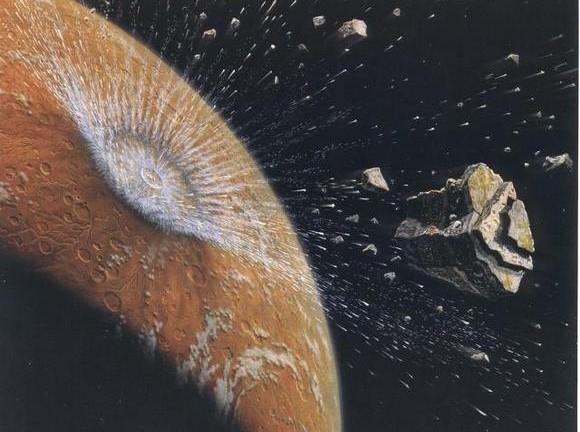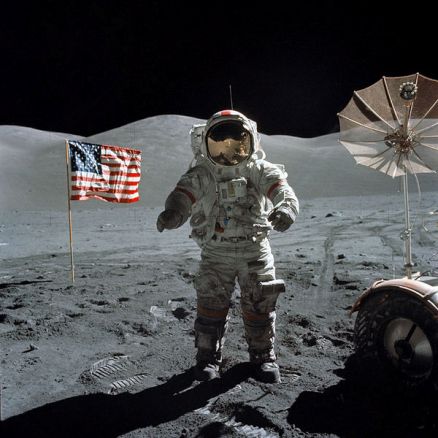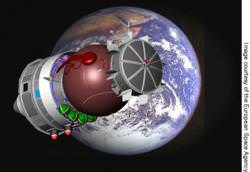[/caption]
As long as we’re still pondering human origins, we may as well entertain the idea that our ancestor microbes came from Mars.
And Jay Melosh, a planetary scientist from the University of Arizona in Tucson, is ready with a geologically plausible explanation.
Meteorites.
“Biological exchange between the planets of our solar system seem not only possible, but inevitable,” because of meteorite exchanges between the planets, Melosh said. “Life could have originated on the planet Mars and then traveled to Earth.”

Melosh is a long-time researcher who says he’s studied “geological violence in all its forms.” He helped forge the giant impact theory of the moon’s formation, and helped advance the theory that an impact led to the extinction of the dinosaurs 65 million years ago.
He points out that Martian meteorites have been routinely pummeling Earth for billions of years, which would have opened the door for past Mars microbes to hitch a ride. Less regularly, Earth has undergone impacts that sent terrestrial materials flying, and some of those could have carried microbes toward the Red Planet.
“The mechanism by which large impacts on Mars can launch boulder-sized surface rocks into space is now clear,” he said. He explained that a shock wave spreads away from an impact site faster than the speed of sound, interacting with the planetary surface in a way that allows material to be cast off – at relatively low pressure, but high speed.
“Lightly damaged material at very high speeds,” he said, “is the kind of environment where microorganisms can survive.”
Scientists have recent evidence of Earth microbes surviving a few years in space. When the Apollo 12 astronauts landed on the moon, they retrieved a camera from Surveyor 3, an unmanned lander that had touched down nearly three years prior. Earthly microbes – including those associated with the common cold — were still living inside the camera box.
“The records were good enough to show one of the technicians had a cold when he was working on it,” he said.
Scientists also have evidence that microbes can survive for thousands or even hundreds of thousands of years when frozen on Earth, but surviving that long in space would be an entirely different matter, with the bombardment of UV light and cosmic rays. Then again, the microbe Dienococcus radiodurans is known to survive in the cores of nuclear reactors.
Melosh acknowledges that scientists lack proof that such an exchange has actually occurred between Mars and Earth — but science is getting ever closer to being able to track it down.
LEAD PHOTO CAPTION: Artist’s conception of an fragment as it blasts off from Mars. Boulder-sized planetary fragments could be a mechanism that carried life between Mars and Earth, UA planetary scientist Jay Melosh says. (Painting by Don Davis. Copyright SETI Institute, 1994)
Source: University of Arizona and an interview with Jay Melosh



